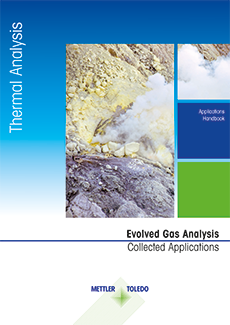In previous articles in this series on thermogravimetry and evolved gas analysis, we described the online combination of thermogravimetric analysis (TGA) with Fourier transform infrared spectroscopy (FTIR), mass spectrometry (MS), and gas chromatography with an MS detector (GC/MS). In this final article, we discuss the combination of TGA with a micro gas chromatograph (Micro GC) optionally equipped with a mass spectrometer.
Introduction
Operation and setup of a Micro GC
The mode of operation and the basic setup of a Micro GC are in principle the same as for a classical GC [1].
However, the most important components of a Micro GC (injector, separating column, detector) are distinctly smaller than in a classical GC. As in GC, different separating columns are available for the Micro GC depending on the compounds that have to be detected.
However, the number of compounds that can be separated with a particular column is more limited in comparison to GC columns. A Micro GC therefore usually consists of several modules with different columns through which the gases being analyzed flow in parallel.
The time needed to record a chromatogram is much shorter (typically 3 minutes) due to the comparatively short columns used. Table 1 summarizes the most important differences between a Micro GC and a GC/MS with storage interface (IST).
 |
Table 1. Gas analysis by GC and Micro GC: the most important differences. |
Thermogravimetry and Gas Analysis, Part 5: TGA-Micro GC/MS | Thermal Analysis Application No. UC 491 | Application published in METTLER TOLEDO Thermal Analysis UserCom 49







